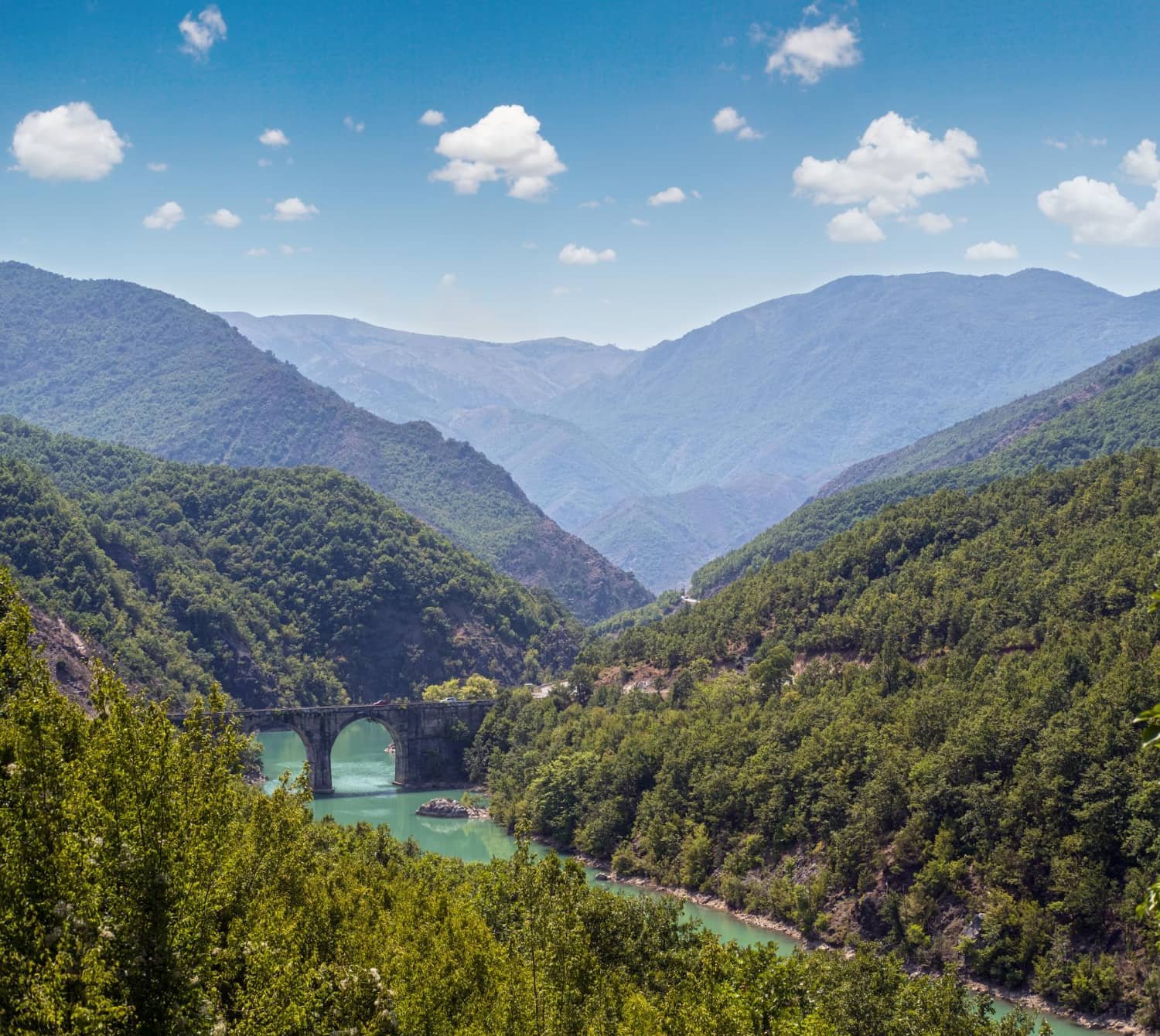In recognition of its outstanding universal value, several locations in Albania have been designated as UNESCO World Heritage Sites in Albania. These sites showcase the country’s diverse history and natural beauty and contribute to global recognition and preservation efforts.
Albania, a hidden gem in the Balkan Peninsula, boasts a rich cultural and historical heritage that is often overlooked. This small Mediterranean country offers much, from ancient archaeological sites to stunning natural landscapes.
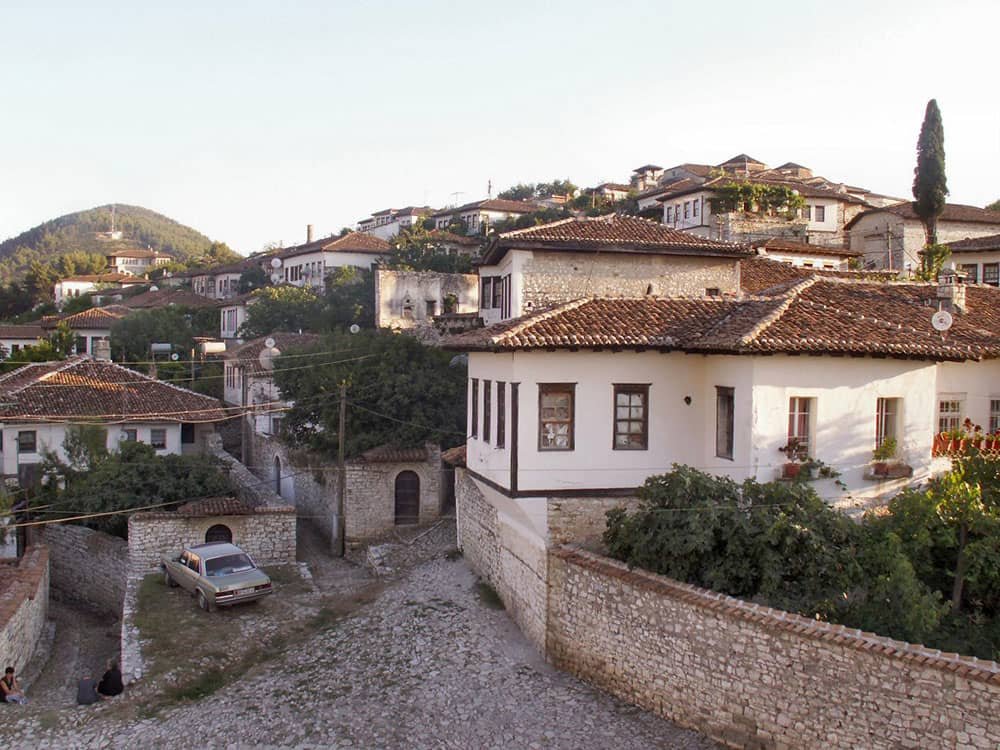
UNESCO World Heritage Sites in Albania
This article will explore some of Albania’s most remarkable UNESCO World Heritage Sites, exploring their significance and allure for travelers and history enthusiasts.
With four UNESCO World Heritage Sites scattered across its picturesque terrain, Albania offers visitors a unique opportunity to delve into its vibrant history and explore the remarkable heritage that shaped this enchanting country.
Historic Centres of Berat and Gjirokastër
Berat and Gjirokastër, two stunning cities nestled in the heart of Albania, boast rich histories that have stood the test of time. These remarkable destinations are home to the historic centers of Berat and Gjirokastër, which hold an esteemed position as UNESCO World Heritage Sites in Albania. With their picturesque landscapes and well-preserved architectural wonders, these cities offer a captivating journey back in time.
The historic center of Berat is a living testament to the various civilizations that have shaped its identity over centuries. Known as the city of a thousand windows, it showcases an exceptional fusion of Ottoman-era buildings, Byzantine churches, and ancient Roman ruins.
These ancient towns have withstood the test of time, preserving their rich cultural heritage and architectural wonders. Both recognized as UNESCO World Heritage Sites in Albania, the Historic Centres of Berat and Gjirokastër offer visitors a glimpse into centuries past, where history comes alive amidst stunning landscapes and vibrant communities.
Berat, known as the City of a Thousand Windows, is particularly significant for its remarkable coexistence of religious and cultural communities throughout centuries. Similarly, Gjirokastër’s architectural marvels reveal the rich heritage of Ottoman influence in Albania.
Gjirokastër showcases a castle primarily constructed in the 13th century, although its origins can be traced back to the 4th century BC. Visitors can explore numerous Byzantine churches within the citadel area, primarily built in the 13th century, alongside several mosques in the 15th century.
The town is also known for its collection of two-story houses built in the 17th century. Additionally, Gjirokastër maintains an 18th-century mosque, two churches from the same period, and a bustling bazaar.
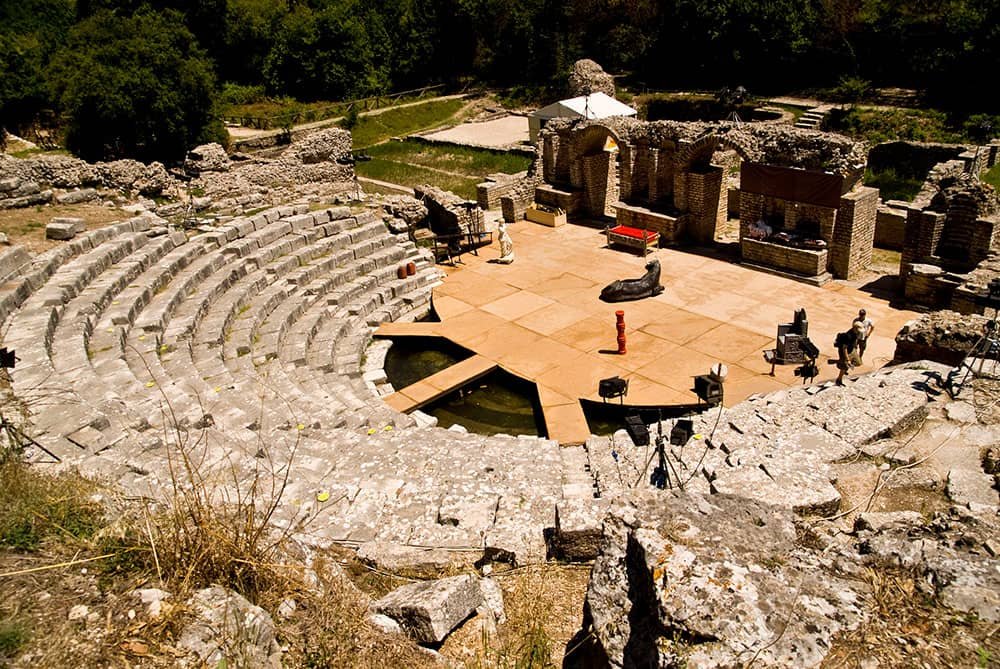
Butrint
Albania, a country rich in history and natural beauty, is home to several UNESCO World Heritage Sites that have captivated travelers from around the globe. Among these remarkable destinations lies Butrint, located in the picturesque city of Vlorë. With its ancient ruins shrouded in myth and legend, Butrint offers visitors a glimpse into Albania’s storied past and showcases the country’s cultural significance on a global scale.
Designated as a UNESCO World Heritage Site in 1992, Butrint is a testament to centuries of human civilization that once thrived within its walls. Nestled amidst lush greenery and surrounded by crystal-clear waters, this archaeological marvel unveils history dating back to ancient times.
Located in modern-day Albania, Butrint is a remarkable archaeological site that bears witness to the rich history of the Mediterranean region. Its origins can be traced back to ancient Greece when it flourished as an important city known as Buthr Tum. Over time, it underwent various transformations and became a Roman settlement before evolving into an influential seat of a late Roman bishopric. However, following a period of abandonment, Butrint was later occupied by different powers, including the Byzantines, Angevins, and Venetians.
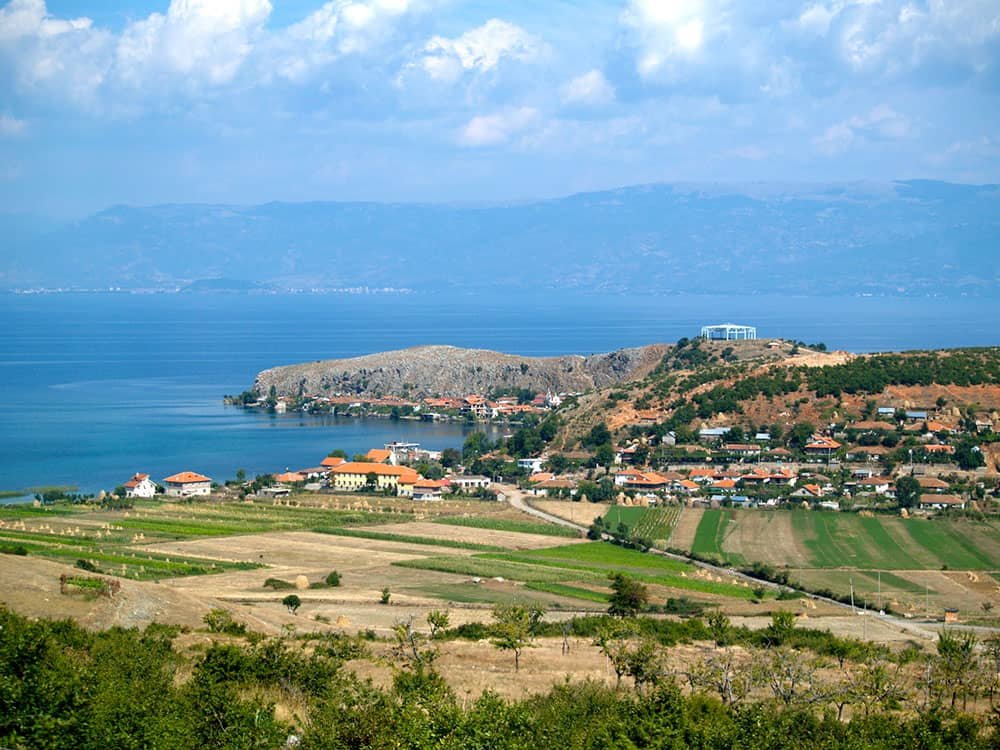
Natural and Cultural Heritage of the Ohrid Region
The Ohrid Region in Albania is a treasure trove of natural and cultural wonders that have captivated visitors for centuries. Nestled on the shores of Lake Ohrid, this region boasts a rich history dating back thousands of years. UNESCO has recognized its significance as it houses several World Heritage Sites. From ancient ruins to stunning landscapes, the Ohrid Region offers a unique blend of natural beauty and cultural heritage that truly sets it apart.
Since 1979, the site located in North Macedonia has been recognized as an extension of the UNESCO World Heritage sites in Albania. The area surrounding Pogradec, situated on the shores of Lake Ohrid, has a rich history dating back to the 5th century BC when the Illyrians inhabited it.
Later, it was occupied by the Romans and Slavs. Traces of the ancient Roman road, Via Egnatia, provide evidence of its significance as a significant passage route in the region. The remains of the paleo-Christian church of Lin, along with its floor mosaics, indicate the presence of Christianity in the area. Furthermore, Pogradec’s historical center is a prime example of Albanian vernacular architecture from the 19th to 20th century.
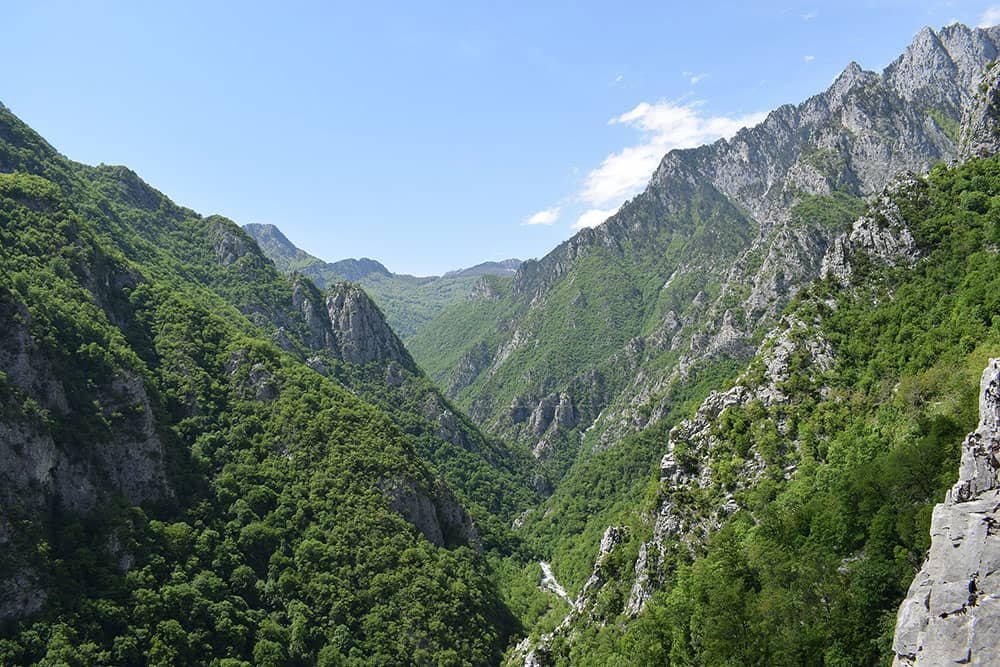
Primeval Beech Forests of the Carpathians and Other Regions of Europe
Among its numerous treasures are the Primeval Beech Forests, located in different regions across Europe. These ancient woodlands have witnessed centuries of history and evolution, forming unique ecosystems supporting various plant and animal species. Recognizing their outstanding universal value, these forests have been designated as UNESCO World Heritage Sites in Albania.
The Primeval Beech Forests represent a living testament to Europe’s diverse and dynamic landscapes.
The Gashi River in Tropoj, northeastern Albania, and the ancient beech forests of Rrajc in Perrenjas, central Albania, are part of a transnational site shared by 18 European countries. These areas showcase the expansion of postglacial forests and provide a comprehensive understanding of the ecological patterns and processes of pure and mixed stands of European beech in different environmental conditions. They have also been designated as UNESCO World Heritage sites in Albania.


